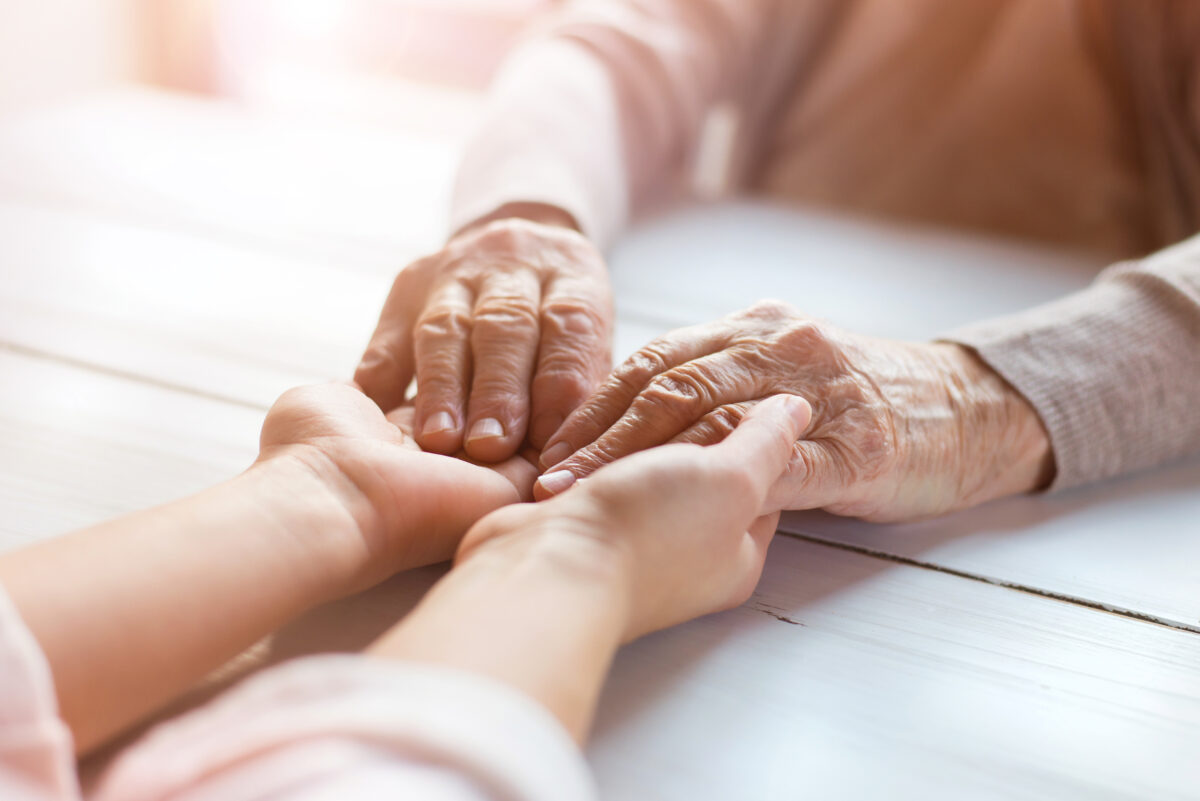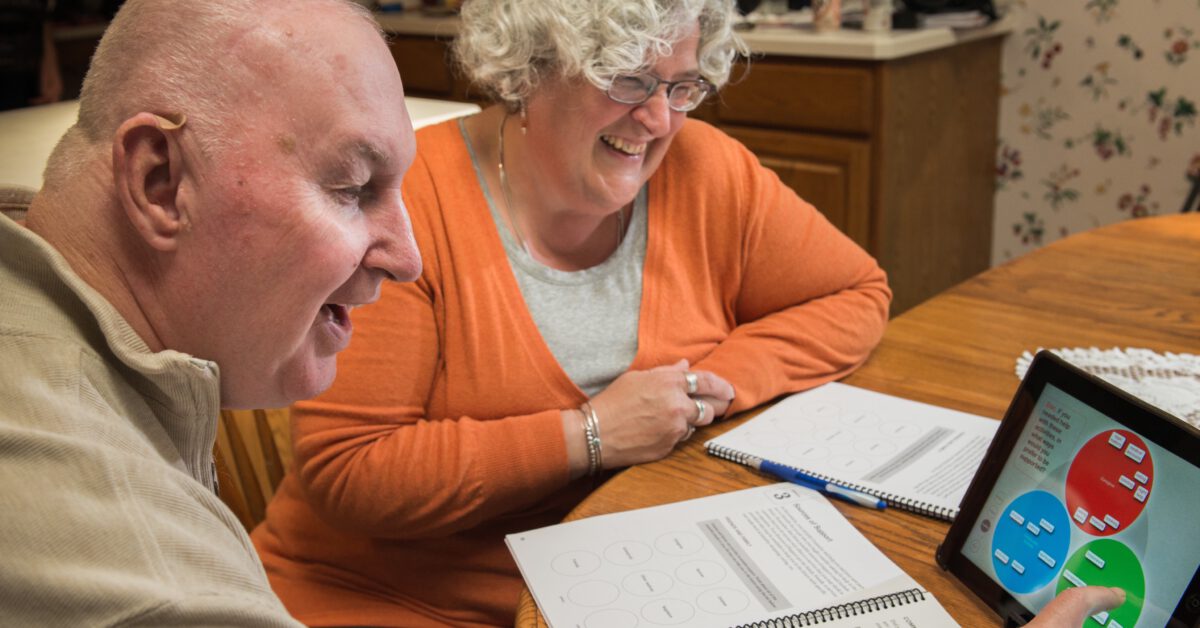Preventing Brain Disease: Risk Factors and Early Signs and Symptoms of Dementia
By Donna Barrett, Jennifer HudakApril 25, 2023
You may be interested in:

Articles
Diabetes and Hypertension as Risk Factors for Kidney Disease in Older Adults
For older adults, the risk for kidney disease especially critical as studies show that diabetes can increase with age due to factors such as obesity, decreased activity, hypertension and insulin resistance. Because of medical advances in the treatment of diabetes, patients with the disease are living longer, thus leading to more diabetes-related complications, such as kidney disease.

Articles
Recognizing the Symptoms of Dementia with IDD
Diagnosing dementia is rarely straightforward, but can be even more challenging for those in the Intellectual and Developmental Disabilities (IDD) community. Many of the most common symptoms of dementia such as language challenges and difficulty with coordination are often things people with IDD already struggle with. This can make it all the more difficult to separate symptoms of dementia from their pre-existing symptoms.

Articles
Five Social and Emotional Benefits of an Early Dementia Diagnosis
Early detection and diagnosis of Alzheimer’s and dementia is a sticky subject. According to a recent study, nearly 90 percent of Americans said that if they were exhibiting confusion and memory loss, they would want to know if they had Alzheimer’s disease. Yet, over half of the people aged 45 and older with subjective cognitive decline indicated they had not talked with a healthcare provider about their questions and concerns.

Articles
Parkinson’s Disease: Recognizing Your Loved One’s Symptoms and Receiving a Diagnosis
According to the Parkinson’s Foundation, more than 10 million people worldwide are living with Parkinson’s Disease, and around 60,000 Americans are diagnosed with the disease each year. Although it is the second most common degenerative neurological disorder after Alzheimer’s, many people are unfamiliar with the signs and symptoms, or confuse them for parts of the natural aging process. If we are caring for an older loved one, it’s important to recognize and understand Parkinson’s so we know when to begin seeking a diagnosis and how to better manage a loved one’s symptoms and care.

Articles
Recognizing the Signs of Financial Abuse
It is important for all of us to know the signs of financial exploitation so we can help prevent this from happening to our loved ones, such as our parents, grandparents, aunts, uncles or dear friends. There are several warning signs to look for and then to question further.

Articles
Spring Increases Risk of Dementia-Related Wandering
For caregivers of someone with memory and thinking problems, the change of seasons from winter to spring can raise unique concerns. The same freedom that warmer weather provides can also increase the risk of wandering for those with dementia. According to the Alzheimer’s Association, 60 percent of persons with dementia will wander at least once; many will wander repeatedly. As risky and dangerous as wandering is, caregivers can take steps to reduce the risk.

Articles
Identifying Risks and Preventing Falls for Older Adults
Winter weather can be beautiful, but along with the picturesque snow comes the less ideal increase to falls caused by ice and slush. While falls can be dangerous for people of all ages, they are a particular risk to older loved ones. According to the CDC Injury Center, around 25 percent of adults aged 65 and over will experience a fall over the course of a year. These falls are the cause of more than 2.8 million injuries that require hospital treatment, such as hip fractures and traumatic brain injury, resulting in over 800,000 hospitalizations and more than 27,700 deaths annually.

Articles
Signs of Hoarding Behavior: Identifying the Indicators and Understanding the Impact
Hoarding is often difficult to detect until it reaches an advanced stage, as individuals may attempt to hide or manage their behaviors. However, certain signs and patterns can indicate the presence of hoarding tendencies, particularly when they begin to affect daily life and living conditions.







